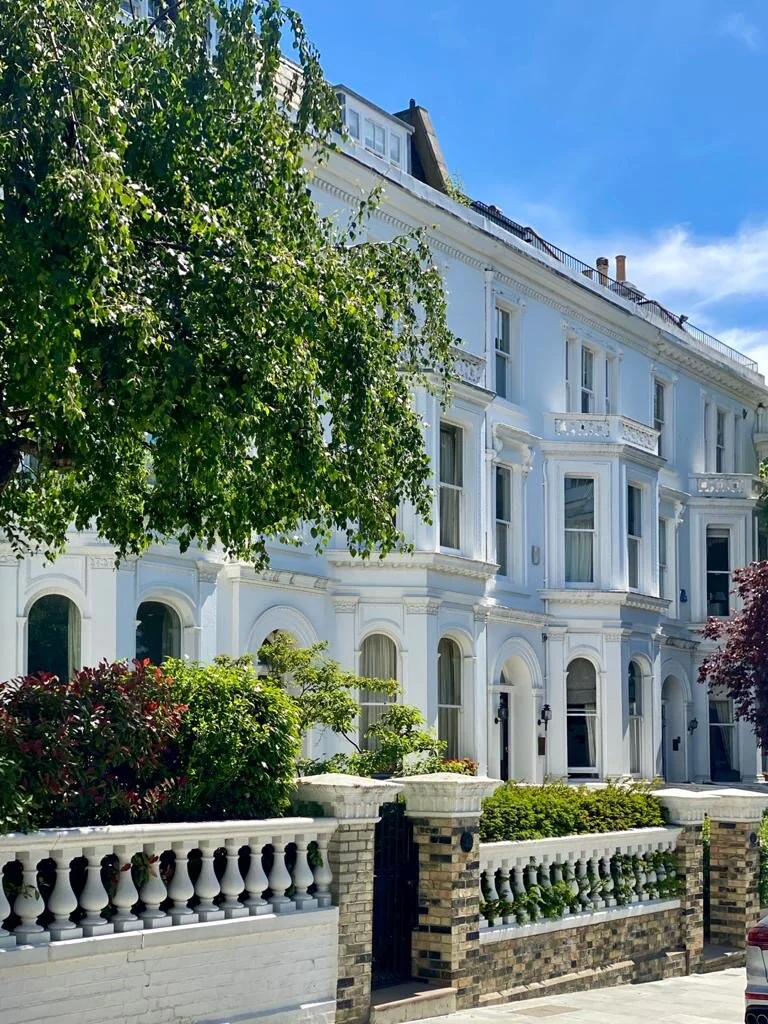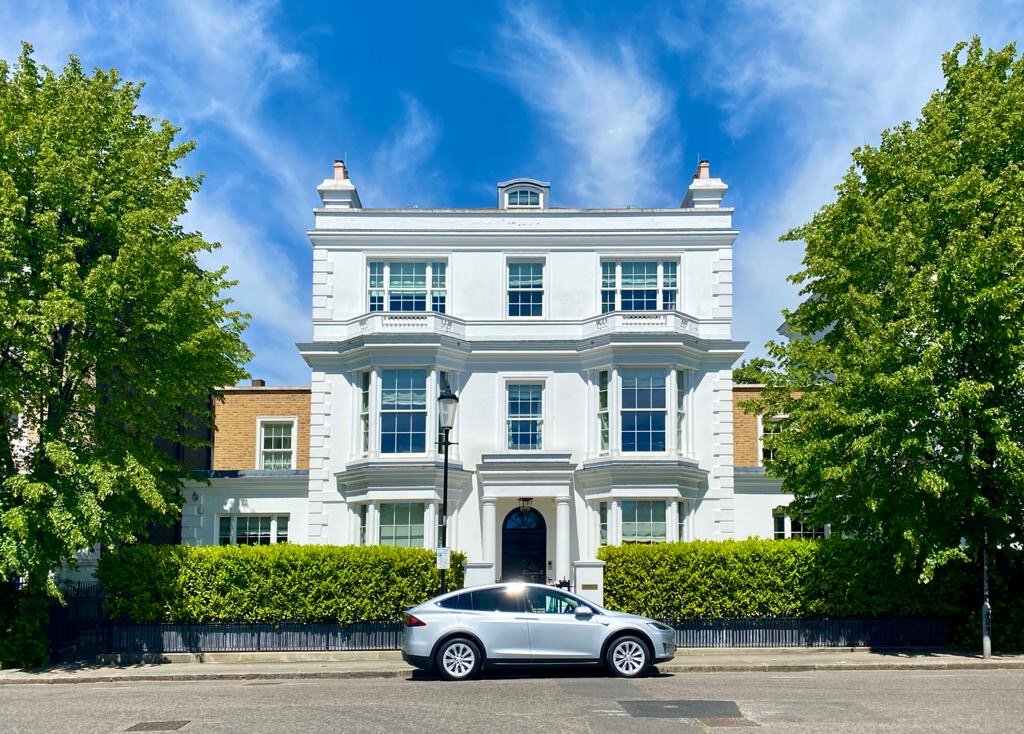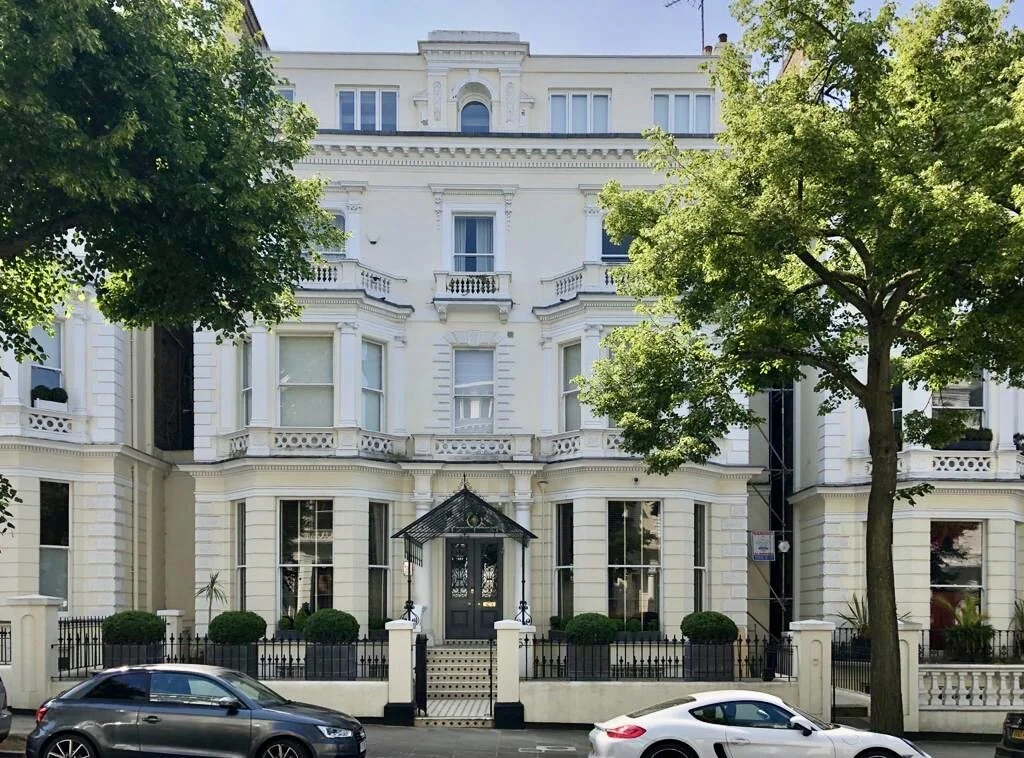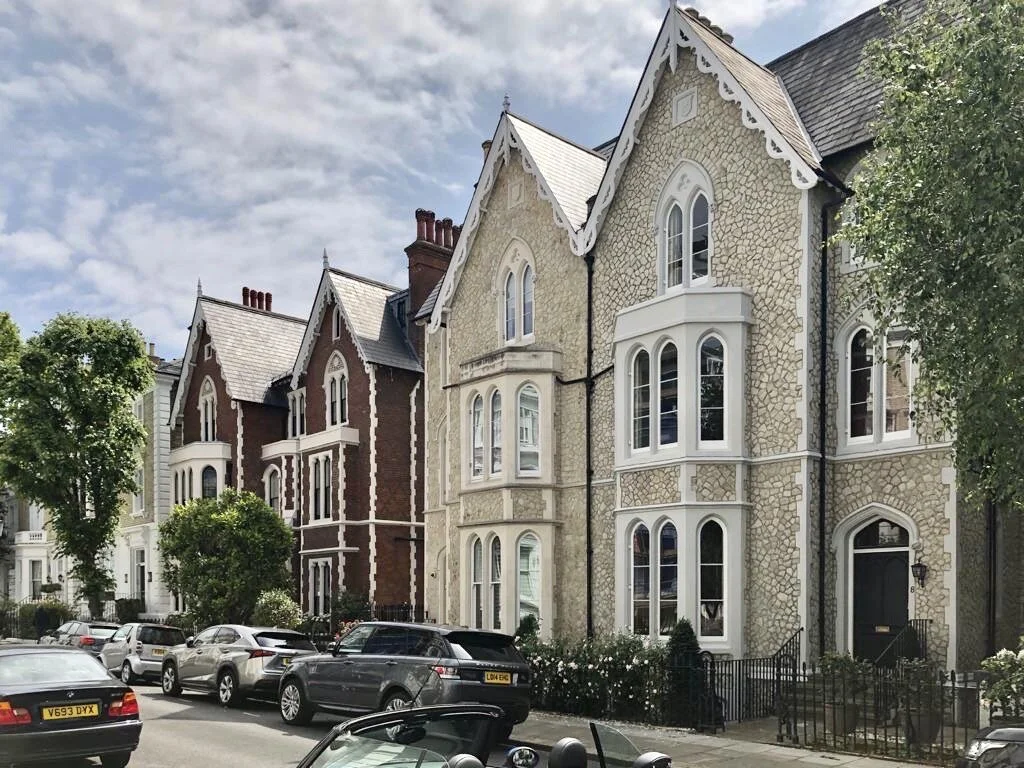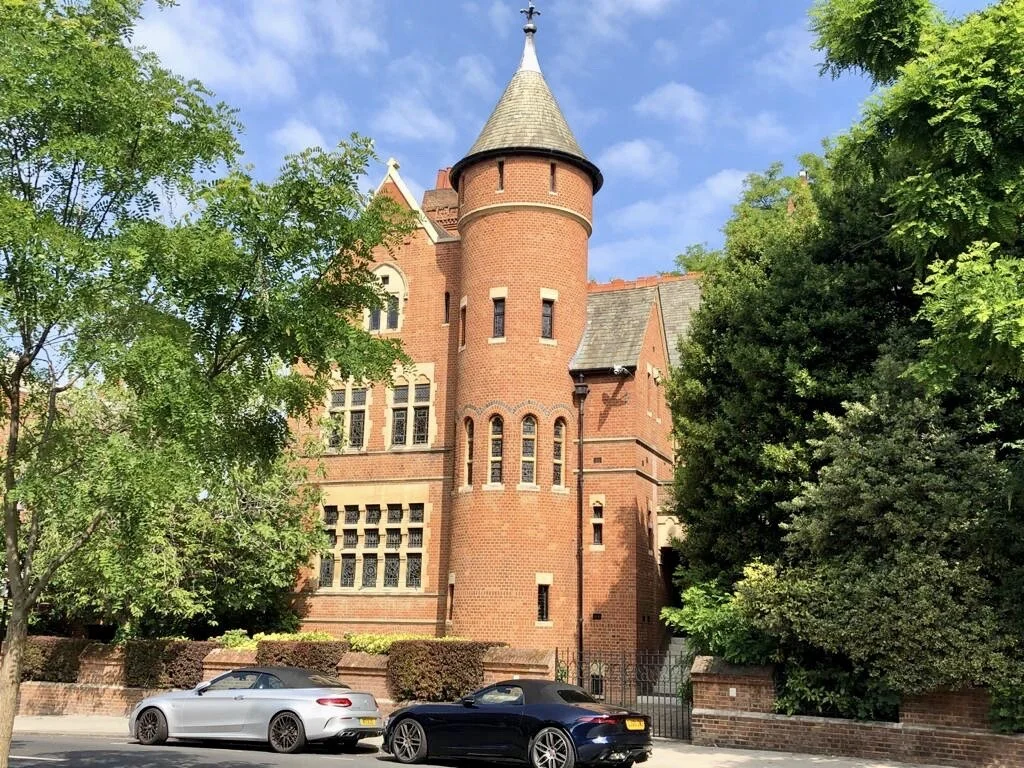Holland Park: From Piggeries to Prime Real Estate
While many areas of Prime Central London, such as Chelsea, Mayfair and Belgravia are extremely well known, Holland Park manages to stay a little bit of an enigma, maintaining an aura of exclusivity not found in many other places in London.
Described by the FT as the "village of the internationally wealthy”, Holland Park is well-known as an exceptionally beautiful area of prime central London, inhabited by some of the country’s (and the world’s) most famously wealthy and glamorous people.
Located to the west edge of PCL, the name is also given to both a street and a public park, and while it has no official boundaries but is bordered by Kensington High Street to the south, Holland Road to the west, Holland Park Avenue to the north, and Kensington Church Street to the east.
Formerly the grounds of an impressive Jacobean house, Holland House, the area, was rural until the 19th Century and one the 19C, the more outlying grounds of the estate were sold off for residential development, creating a district that took its name from the houseand extended to some small areas around the fringes, such as the Phillimore Estate and Campden Hill Square.
The area’s tree-lined streets with huge detached and terraced houses is also home to many shops, cultural tourist attractions (such as the Design Museum), luxury spas, hotels and restaurants, as well as several Embassies.
Kyoto Garden
As for the park itself, it is a fabulous area of 22.5h hectares of gardens, children’s play facilities, sports areas, a cafeteria and large areas of beautiful woodland. It is also home to the Kyoto Garden, which was a gift in 1991 from His Imperial Highness The Crown Prince of Japan who opened them with Prince Charles.
PROPERTIES
The street of Holland Park is formed from three linked roads constructed between 1860 and 1880 in projects of master builders William and Francis Radford, who were contracted to build and built over 200 houses in the area. You can now find the pinnacle of modern developments, Holland Park Villas, in our opinion the best development, located right beside Holland Park itself and commanding top prices for its very well appointed and spacious apartments.
Holland Park Villas
As far as the large houses in Holland Park are concerned, there is a definite pecking order. The lower numbers (2-16) that back on to the park (but don’t have direct access) have the largest gardens, so command the highest prices and depending on condition and size have reached circa £50m.
The next favourites are across the road (17-32) and although the gardens are less than half the size some of them do have a mews attached and in some cases they are connected by an underground tunnel. Pretty smart if you are a highly visible football player with a clothes designer wife...! Here you’d be looking at circa £40m in good order.
The stretch of houses that back on to Holland Park Ave are not as valuable due to the main road behind and so most of them have been converted into luxury flats.
Right in the middle is Holland Park Mews, which has been described as "a Cathedral amongst Mews" and these make for extremely pretty homes.
In the late 19th century a number of notable artists (including Frederic Leighton, P.R.A. and Val Prinsep) and art collectors lived in the area, known as the Holland Park Circle. Today, Holland Park is home to many famous people such as the Beckhams, John Frieda, Simon Cowell, Robert Plant, Gary Barlow and Brian May to name a few. It is also home to overseas Royalty and many global Ultra High Net Worth Individuals.
FUN FACTS
Various films have been made there, including the opening scenes of Four Weddings and a Funeral, scenes from As Time Goes By, Matchpoint, The Saint, Keep the Aspidistra Flying and Blow Up (1966). There are probably many, many more. If you look on a map of Notting Hill from Blenheim Crescent in the north going south you will see all the communal gardens seem to be linked.
This is because there was originally to be a racecourse call the Hippodrome but it never came to fruition. There is still a mews called Hippodrome Mews and Hippodrome Place which is how they got their names.
The Racecourse was never built due to a right of way across it used by the unsavoury residents of the nearby Pottery Lane, which was originally the site of brick kilns that served to make bricks to facilitate the 19C building developments. The displaced pig farmers from further East took up residence along with the potters and it soon became a notorious slum, known as the "Potteries and the Piggeries".
In 1850 Charles Dickens described the area as "a plague spot scarcely equalled for its insalubrity by any other in London"... Ironically today, it's a spot scarcely equalled for its luxury and property prices than any other in London. What a turnaround!

